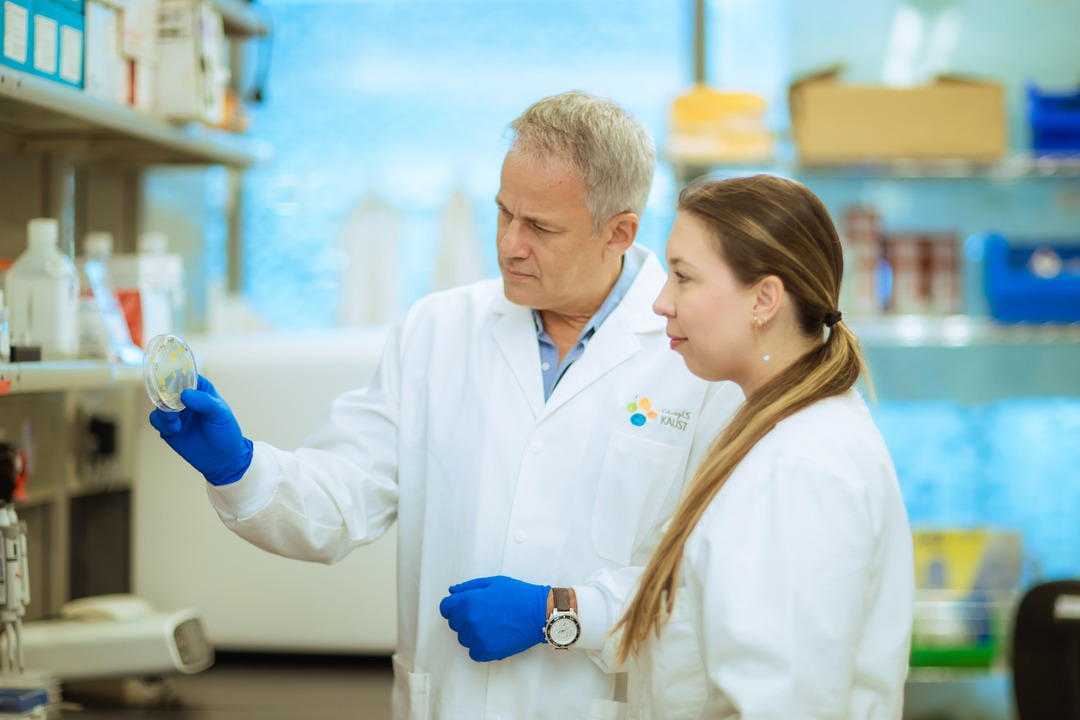Tough microbes found in NASA cleanrooms hold clues to space survival and biotech

Alexandre Rosado and Junia Schultz, another author of the study.
KAUST helps NASA find 26 new bacterial species in NASA spacecraft assembly facilities
Genes indicate the potential for life to survive in extraterrestrial environments
A new study led by scientists at King Abdullah University of Science and Technology (KAUST) in Saudi Arabia and in collaboration with the NASA Jet Propulsion Laboratory and several institutes across India reports 26 bacterial species growing inside cleanrooms associated with NASA space missions. These unknown and newly described species show genetic properties that suggest they can survive space travel. The study can be read in Microbiome.
“This partnership not only supports Saudi Arabia’s ambitious vision through the Saudi Space Agency but also reinforces [King Abdullah University of Science and Technology] (KAUST)'s emergence as a global leader in microbial and space biology research. Together, we are unraveling the mysteries of microbes that withstand the extreme conditions of space,” said Dr. Kasthuri Venkateswaran, retired Senior Research Scientist at NASA’s Jet Propulsion Laboratory and a lead author of the study.
Spacecraft are assembled in cleanrooms, which are engineered to maintain exceptionally low levels of dust and prevent any life from growing. However, some microorganisms – extremophiles – survive and even thrive in such environments, indicating an ability to do the same in space.
"Our study aimed to understand the risk of extremophiles being transferred in space missions by analyzing their genetic traits," explained King Abdullah University of Science and Technology (KAUST) Professor Alexandre Rosado, the lead KAUST researcher on the project and a contributor to several NASA working groups on planetary protection and space microbiology.
The scientists found that many of the new species possessed genes that made them resilient to radiation and other harsh space conditions.
The study assists NASA with anticipating the type of bacteria and other microorganisms astronauts may unexpectedly encounter in their space missions.

